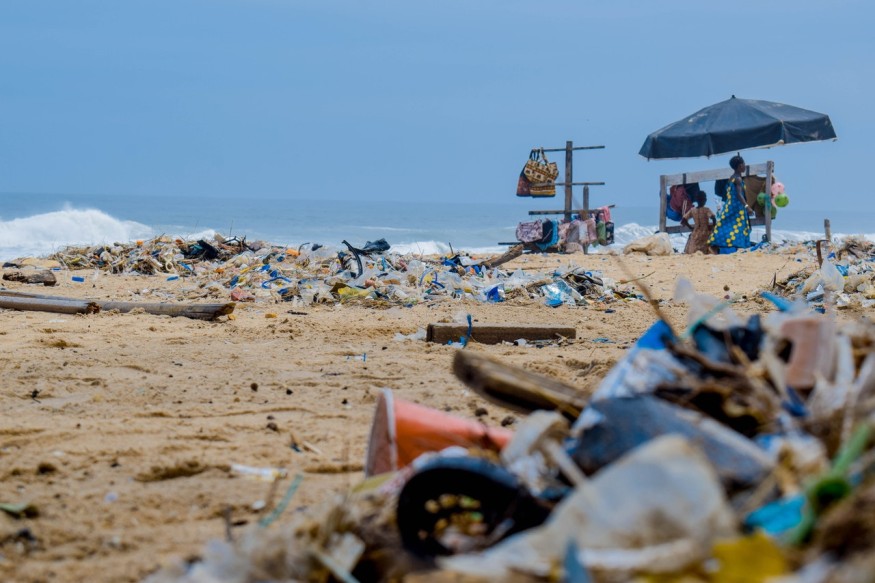In a first-of-its-kind study, researchers from the University of Hull compared microplastic volumes consumed by people via water, salt, and seafood with concentrations known to cause human damage.
Plastic waste has turned up virtually everywhere on the planet. From snowfall in the Arctic to the Antarctic sea ice and everything in between, microplastics have all but covered the planet. In recent years, researchers have shifted their gaze to the potential impacts of microplastics on human health.
What are Microplastics?

According to the National Ocean Service, microplastics are less than five millimeters long plastic shards that can be harmful to both land and marine life.
As of today, the most prevalent marine debris in our oceans is plastics. Plastic debris comes in all shapes and sizes, however, the smallest ones, the size of a sesame seed, pose the most problems. It comes from a wide variety of sources, including larger plastic debris that eventually degrade into small pieces of polyethylene plastic. Some come from micro scrubs in detergents and skin care, while others pass through filtration systems to open waters.
ALSO READ : Sleep Quality of Older Adults Could Reflect to Neural Connection Status and Cognitive Functions
Microplastic Toxicology: Hazardous Human Consumption
The latest discovery in microplastic looks at the volume of plastic regularly consumed by humans through food and water and how it impacts human cells, finding that the concentration humans are exposed to can potentially cause toxic effects.
The amount of literature concerning how plastics influence human health is rapidly building on research probing their effects on the human body. Much of this is centered on plastic that has broken down into microplastics, which studies have shown are consumed by marine creatures and eventually travel up the food chain.
The latest study published in the Journal of Hazardous Materials, titled "A rapid review and meta-regression analyses of the toxicological impacts of microplastic exposure in human cells," was led by researchers from Hull York Medical School describing the first of its kind analysis exploring how much plastic are people likely to consume and the effects of those concentrations on cells of the body. To do this, researchers drew three previous studies that quantified microplastic contamination in table salt, seafood, and drinking water, all of which showed high levels of human exposure consumption. The data was then compared to the result findings from toxicology studies on the effects of microplastic on cells.
Evangelos Danopoulos, the lead author of the study, says that this is the first-time researchers have attempted to quantify the adverse effects of microplastics on cells using statistical analysis from available published studies. She adds that the team found via toxicology tests include cell death and allergic reactions as potential effects of inhaling or ingesting high levels of microplastics. The concentrations of microplastics consumed were also found to greatly impact cell membranes and lead to oxidative stress that causes cell or tissue damage.
Although the study demonstrates concentrations of microplastics confer toxic effects on human cells, we are more than likely exposed to these sorts of concentrations as a part of our everyday diet; there are still numerous blanks that need to be filled in.
Check out more news and information on Microplastics in Science Times.












